Freeze-drying, or lyophilization, is a preservation method that removes water from fruit while retaining its original structure, flavor, color, and nutrients. The process begins by selecting fresh, ripe fruits that are washed, sliced, or prepared as needed. These prepared fruits are then frozen at extremely low temperatures, often around -40°C or lower, to ensure that the water within the fruit solidifies quickly. Freezing the fruit at such low temperatures preserves its cellular structure, preventing any damage that could impact texture and nutrient retention.
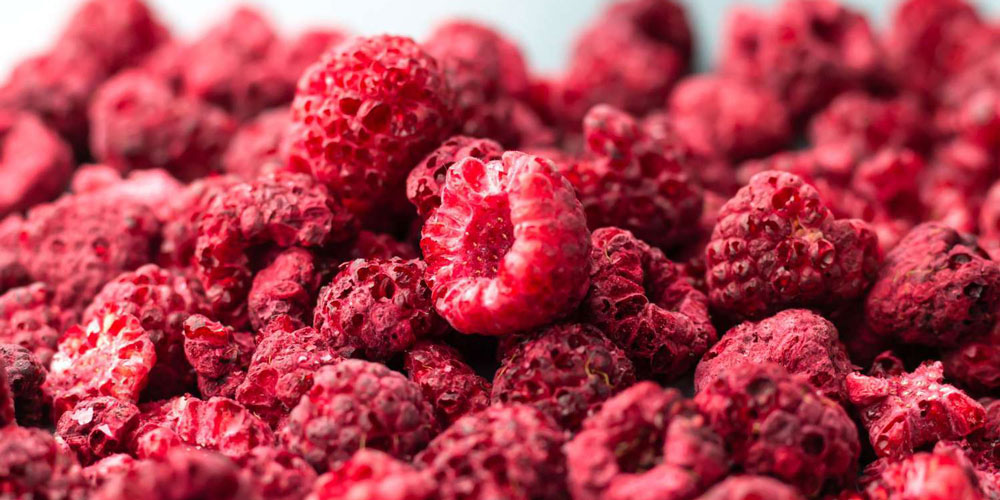
Once the fruit is completely frozen, it enters a vacuum chamber, where the primary phase of freeze-drying takes place. In this vacuum environment, the temperature is slowly raised, but rather than melting, the solid ice transitions directly from a solid to a vapor state through a process called sublimation. This phase change from solid to gas removes nearly all the water content from the fruit without passing through a liquid phase, which helps the fruit maintain its original shape and structure. The sublimation process is meticulously controlled to ensure that the fruit dries evenly and that all moisture is removed.
After sublimation, a secondary drying phase further reduces any residual moisture to ensure long shelf stability. In this step, gentle heat is applied to remove any remaining bound water molecules. The result is an exceptionally lightweight, shelf-stable product with an extended lifespan that requires no refrigeration. Freeze-dried fruit retains its natural taste, color, and nutrient profile, including essential vitamins and antioxidants, making it an excellent option for health-conscious consumers.
The final freeze-dried fruit is packaged in moisture-resistant containers to prevent rehydration. The lightweight nature of freeze-dried fruit makes it ideal for portability and convenient snacking while also being a popular choice for food products, breakfast cereals, and trail mixes.
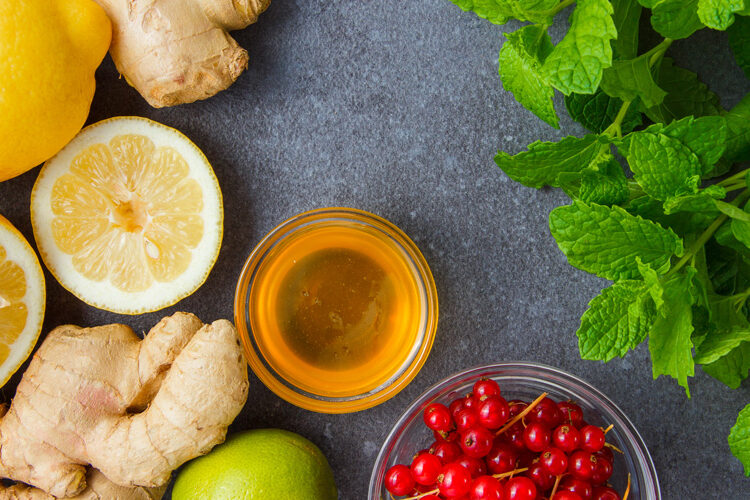
Boost Immunity with Powerful Fruits & Veggies
Eating fruits and vegetables rich in vitamins, minerals, and antioxidants is a natural way to support your immune system. Certain...
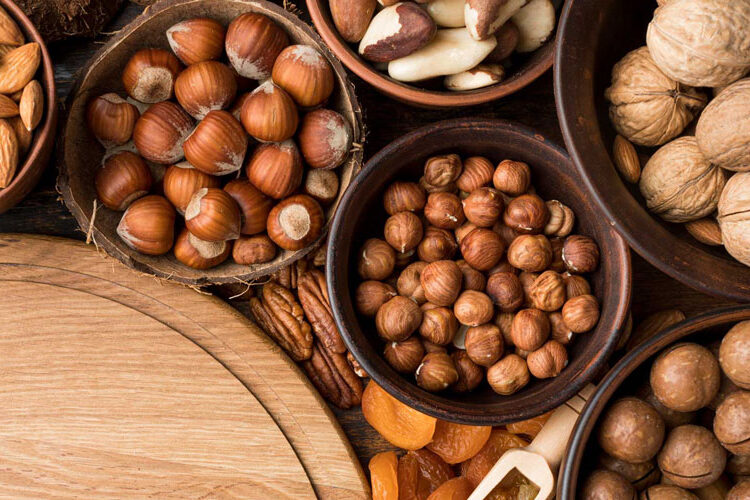
Discover the Health Benefits of Popular Nuts
Nuts are more than just a tasty snack—they’re packed with essential nutrients that promote overall wellness. From almonds to walnuts,...
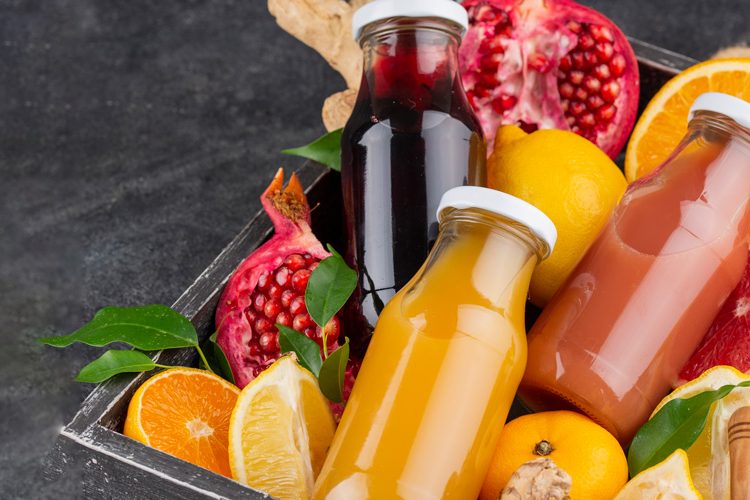
Fruit Juice: A Refreshing and Nutritious Beverage
Fruit juice has long been regarded as a delicious and convenient way to add essential nutrients to our diet while...
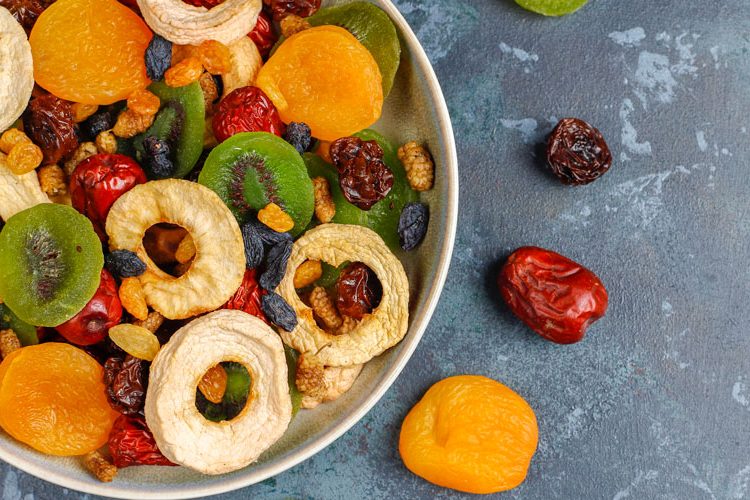
Industrial Drying of Fruits and Vegetables
Preserving seasonal fruits and vegetables on an industrial scale requires efficient and reliable methods to meet the demands of modern...

Fruits and Vegetables in Global Cuisine
Fruits and vegetables are the cornerstone of culinary traditions worldwide. Their diversity in flavor, texture, and color allows them to...
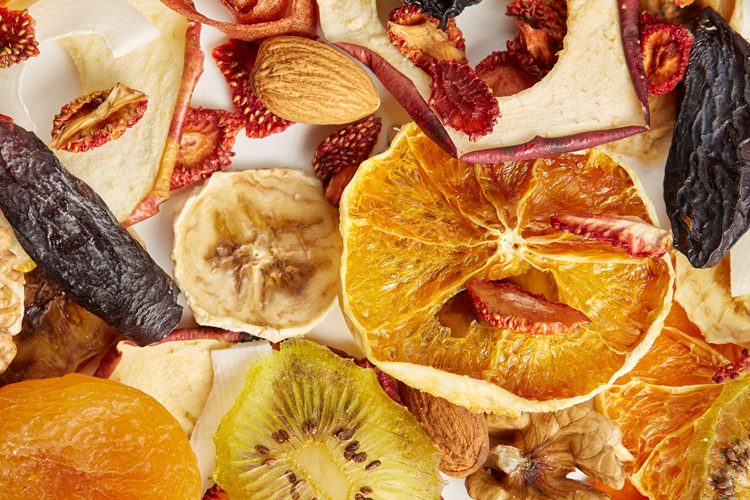
Dried Fruit a Delicious and Nutritious Snack
Dried fruit, a delightful and convenient snack, offers a burst of flavor and a dose of essential nutrients. Whether enjoyed...
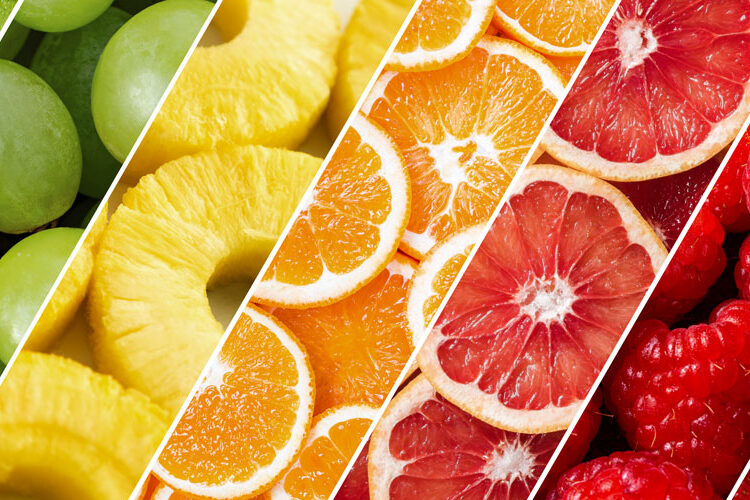
Power of Eating a Rainbow of Fruits and Veggies
Eating a colorful variety of fruits and vegetables is one of the best ways to nourish the body and support...

